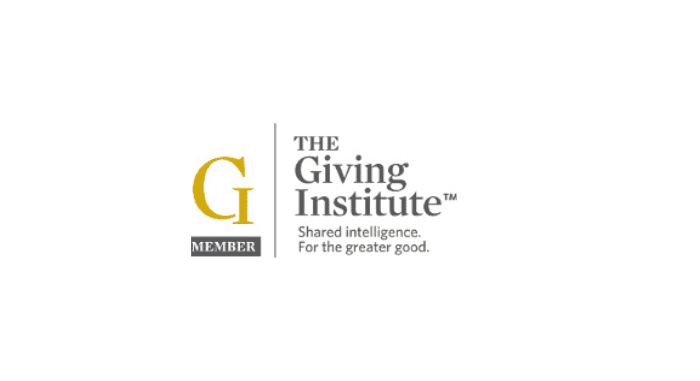 by Arthur L. Criscillis, Ed.D., Partner
by Arthur L. Criscillis, Ed.D., Partner
So, it is imperative that we know and are able to articulate why a gift matters. You need a new building? So what? Tell me how it will enable faculty to better educate students and make new and enhanced methods of learning possible. You need professorships? Tell me how those funds will enable the university to recruit, retain and support highly qualified teacher-scholars who will educate and inspire their students and advance our knowledge in key areas. Always, always in preparing for a gift solicitation be ready to answer that short, but pointed and meaningful question: “So what?” In so doing, you will find that your prospects respond-not because they are giving to “people,” but because they are giving to make people better. That’s the case. And we darned well better articulate it clearly, concisely and consistently.
I often hear that “people give to people.” While that is true to some degree, particularly in community-based campaigns, rarely do people make substantial (by their own definition) gifts to people. Rather, they make those gifts to institutions, projects and programs that resonate with values that they hold near and dear. That is particularly true in higher education, where the overwhelming majority of solicitations are made by professional staff: development officers, academic and administrative leaders. The deciding factor in those gift decisions is not the solicitor, but rather the compelling nature of the specific objective that the gift will fund. Donors see that the gift will enable something that they value to become real. In short, in the vast majority of instances in higher education, people give to the case, not to people.
So, what is the case? The case is not a document, whether printed or electronic. Rather, the case details why the specific objective the donor can fund is significant. How will it matter? How will it make lives better? How will it make the college or university even stronger in discharging its mission? In short, it answers one basic question: “So what?” That is, tell me how this gift will make a difference.
All too often I find gift officers focusing on things other than the case, the “so what.” Rather than presenting the case, gift officers can focus on secondary matters, what I prefer to call leveraging points. Leveraging points have their place, but their place is not a substitute for the case, the impact of whatever the proposed gift will make possible. Leveraging points include such things as gift recognition, naming opportunities, demonstrating leadership, meeting campaign goals, securing challenge gifts or obtaining matching gifts. These are important points to raise as we seek to close a gift. They can help a donor to make that decision to provide the gift. However, they are no substitute for the case. They play a supporting role, not a starring role.



